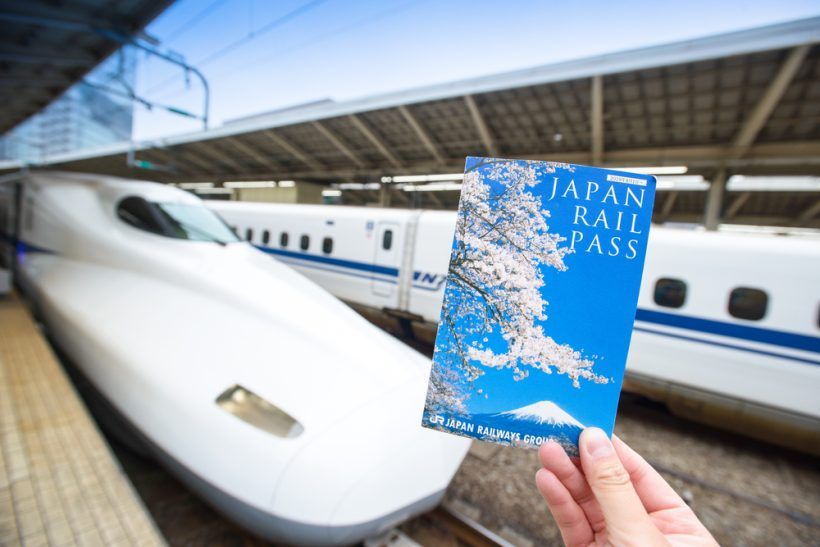The Japan Rail Pass, a popular and cost-effective way for foreign tourists to explore Japan by train, is set to experience a significant price increase starting October 2023.
Below, we explain the reasons for why Japan Railways is increasing the price of the JR Pass. We also provide a comparison table of current and new prices, and offer tips on how to secure passes at the current price before October.
JR Pass price increases explained
The base price of the JR Pass has barely changed in decades. However, it seems that Japan Railways has deemed a price increase necessary due to several factors.
These include the yen’s decline in value relative to other currencies, inflation of energy costs and rising maintenance and operational costs for the railway network.
The price hike will affect all types of JR Passes, with the largest increase being 77% for the 7-day Green pass. Nevertheless, the company has also stated that new perks for JR Pass holders will accompany the increase in cost.
JR Pass new price comparison
You can see how the current and new prices compare in the table below. Be aware that children’s tickets are half the price of those listed.
| Pass Type | Current Price (¥) | New Price (¥) | Percentage Increase |
| Ordinary 7-day | 29,650 | 50,000 | 69% |
| Ordinary 14-day | 47,250 | 80,000 | 69% |
| Ordinary 21-day | 60,450 | 100,000 | 65% |
| Green 7-day | 39,600 | 70,000 | 77% |
| Green 14-day | 64,120 | 110,000 | 72% |
| Green 21-day | 83,390 | 140,000 | 68% |
Passes available at current price until October
If you’re planning to visit Japan in the near future, you can still take advantage of the current prices by purchasing your JR Passes before the price increase takes effect:
- JR Passes can be activated up to 3 months after the issue date. You can order your pass at the current price until 25 September.
- When you activate your pass in Japan, you can select a start date up to 30 days in the future. This means you could potentially travel to Japan with the Pass until the end of January, depending on when you order.
When placing your order, keep your 3-month activation window in mind, as well as the date you will exchange your voucher for the pass in Japan.
For example, If you’re planning to activate the pass in Japan on December 20, you should purchase it on September 21 or after.
Be sure to plan ahead and buy your pass once you’ve set the dates, as demand is expected to surge before the price increase.
Perks included with the new JR Pass costs
While the new prices might be a significant increase, they come with added benefits for JR Pass holders.
The most notable perk is that it will now be possible to use the JR Pass on Nozomi and Mizuho trains. This allows JR Pass holders to more quickly move between stops on their travel itinerary.
Nozomi trains are the fastest express service on the Tokaidō Shinkansen line (Tokyo-Shin Osaka) and the Sanyō Shinkansen line (Shin Osaka-Hakata).
Mizuho trains, on the other hand, service both the Sanyō Shinkansen line and the Kyūshū Shinkansen.
However, Japan Railways has confirmed that pass holders will have to pay a supplement per journey by purchasing a special ticket to travel on these trains. Here are the fares for this special ticket from Tokyo:
- Tokyo-Nagoya: ¥4180
- Tokyo-Kyoto: ¥4960
- Tokyo-Shin Osaka: ¥4960
- Tokyo-Shin Kobe: ¥4960
- Tokyo-Himeji: ¥5390
- Tokyo-Okayama: ¥5,930
- Tokyo-Hiroshima: ¥6500
- Tokyo-Hakata: ¥8140
Additionally, JR has said that the new prices will include discounts at several attractions in Japan. Although the cost of the pass currently includes discounts with partner companies, the company has indicated these will be expanded.
Please note that the information on this page was accurate at the time of writing in July 2023. We’ll update it as soon as more data becomes available. However, we cannot be held liable for any actions readers take as a result of the information presented here.
